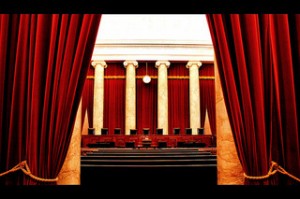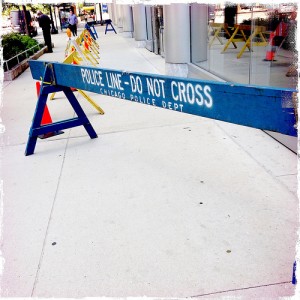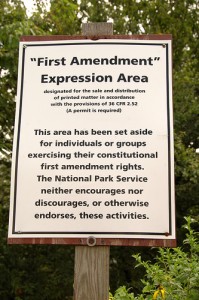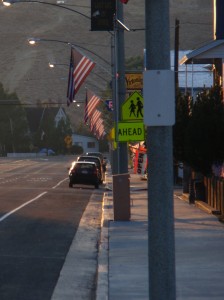The Supreme Court’s decision in Reed v. Town of Gilbert, Arizona could upset sign codes nationally. Most sign codes, like Gilbert’s, include different categories of temporary signs. It makes sense, for example, to give people more time to remove thousands of election signs and less time to remove a few yard sale signs. In this case the Court will decide whether local governments may regulate temporary directional signs differently than other temporary signs. The Court could rule, practically speaking, that all temporary signs must have the same time, place, and manner requirements. IMLA joined the State and Local Legal Center’s (SLLC) amicus brief asking the Court not to go that far.
Most sign codes, like Gilbert’s, include different categories of temporary signs. It makes sense, for example, to give people more time to remove thousands of election signs and less time to remove a few yard sale signs. In this case the Court will decide whether local governments may regulate temporary directional signs differently than other temporary signs. The Court could rule, practically speaking, that all temporary signs must have the same time, place, and manner requirements. IMLA joined the State and Local Legal Center’s (SLLC) amicus brief asking the Court not to go that far.
Gilbert’s Sign Code includes temporary directional signs, political signs, and ideological signs. After being notified that its temporary directional signs announcing the time and location of church services were displayed longer than allowed, the Good News church sued Gilbert. The church claimed Gilbert’s Sign Code violates the First Amendment because temporary directional signs receive the less favorable treatment (in terms of size, location, duration, etc.) than political signs and ideological signs. Continue reading

 A local government can create a 35-foot buffer zone to restrict speech on a public street only if it has first made a serious effort to address the issue in other ways.
A local government can create a 35-foot buffer zone to restrict speech on a public street only if it has first made a serious effort to address the issue in other ways.

